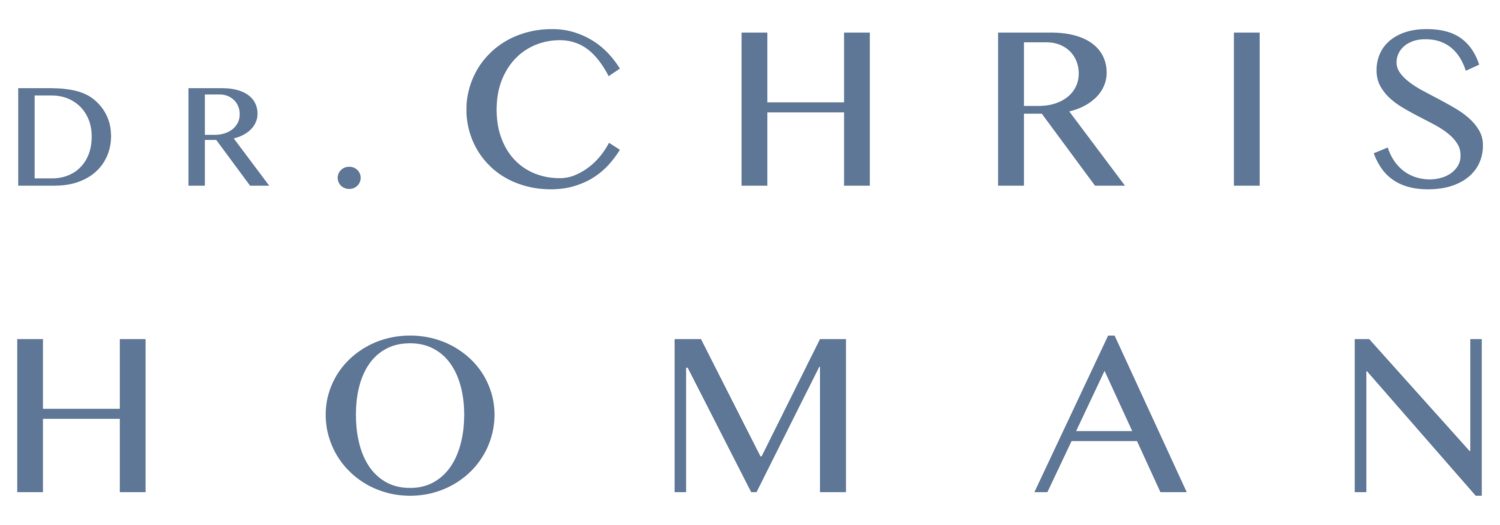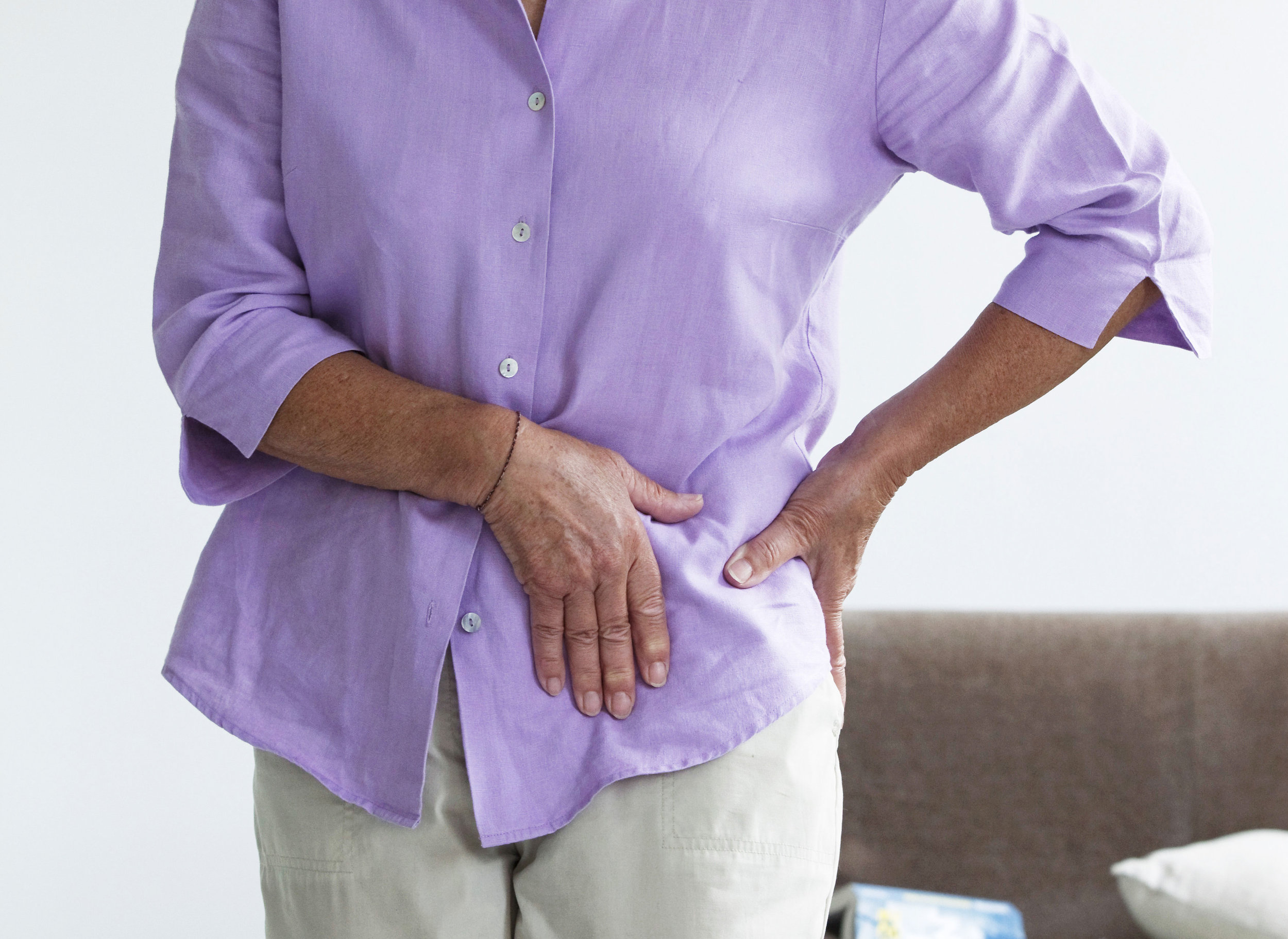Tronchanteric Bursitis (Lateral Hip Pain or Gluteus Medius Tendinopathy) is a condition that most commonly affects women over 50. They are at higher risk because of their wider hips, as well as their weaker fibrous tissues after menopause. The pain is related to compressive overload of the tendon of the gluteus medius muscle – one of the hip balancing muscles. The tendon initially tries to heal by increasing the number of tendon cells (tenocytes), but if this is not successful, the fibrous tissue of the tendon becomes disorganized and weak. Symptoms typically last for years without effective intervention – with 80% of patients still experiencing pain after 5 years.
Diagnosis and treatment
Trochanteric bursitis (Gluteus Medius Tendinopathy) is a clinical diagnosis based on lateral hip to thigh pain that is associated with exquisite focal tenderness over the tendon attachment. Imaging is generally of no use in diagnosis and generally just shows normal changes of aging. Symptoms may be temporarily settled with the use of a cortisone injection to the painful tendon attachment. However, long-term improvement is dependent on unloading the tendon and slowly increasing its capability.
Habit change and rehab exercises are critical. Muscular injections can be very useful to optimize the strength and function of the associated muscles. Glucose prolotherapy injections can also be helpful to increase the strength of the tendon in refractive cases.
Habit change
Lateral hip pain is less likely to persist if patients can change the way they use their bodies:
Standing – stand with weight evenly distributed side to side. Women not infrequently stand with one hip swayed out to the side, often a hangover from carrying small children on their hip.
Sitting – it is similarly beneficial to avoid sitting with legs crossed or even with knees together. The advice is to “sit like a bloke”, with knees at least shoulder width apart, once again taking the strain off the outside of the hip.
Lying – when lying on their side, patients should place a pillow between their shins. This stops the top leg from sloping downhill and leaving strain on the outside of the hip through the night. If both hips are sore, patients can side-lie rolled slightly forward, with the top shin supported by 2-3 pillows and the bottom leg straight. A sheep skin under the lower hip can help spread the load.
Pain relieving exercises
Lateral hip pain can be instantly reduced with a simple exercise to turn on the affected gluteus medius muscle without moving it (ie isometric exercise). An easy way is to stand and hitch up the opposite hip 1-2cm (which actually activates the muscle on the sore side). This should be held for 20-40 seconds and repeated a total of 5 times with 30 seconds rest in between.
Alternately, the patient can stand up and press their thighs out to each side with feet shoulder width apart and legs straight. These exercises can be very helpful to relieve middle-of-the-night pain.
Reabilitation
Long-term improvement comes with strengthening other leg muscles so that the hip balancing muscles don’t have to do so much work. This involves quadricep muscle exercises (like sit-to-stand from a kitchen chair) and calf muscle exercises (like standing on tip toes).
Isometric Gluteus Medius Exercises
Designed to strengthen the hip balancing muscles.
ONE LEG
- Keep both legs straight
- Lift foot on “good side” 1cm off the ground
- Hold for 30 seconds
- Rest for 30 seconds
- Repeat a further 4 times
TWO LEGS
- Keep both legs straight
- Push both hips and thighs out to the side
- Hold for 30 seconds
- Rest for 30 seconds
- Repeat a further 4 times
ALWAYS LISTEN TO YOUR BODY – IF IT DOESN’T FEEL RIGHT, STOP DOING IT!
Dr. Chris Homan
MBBS FRACGP FACRRM DRANZCOG PGDipMSM(Otago)



